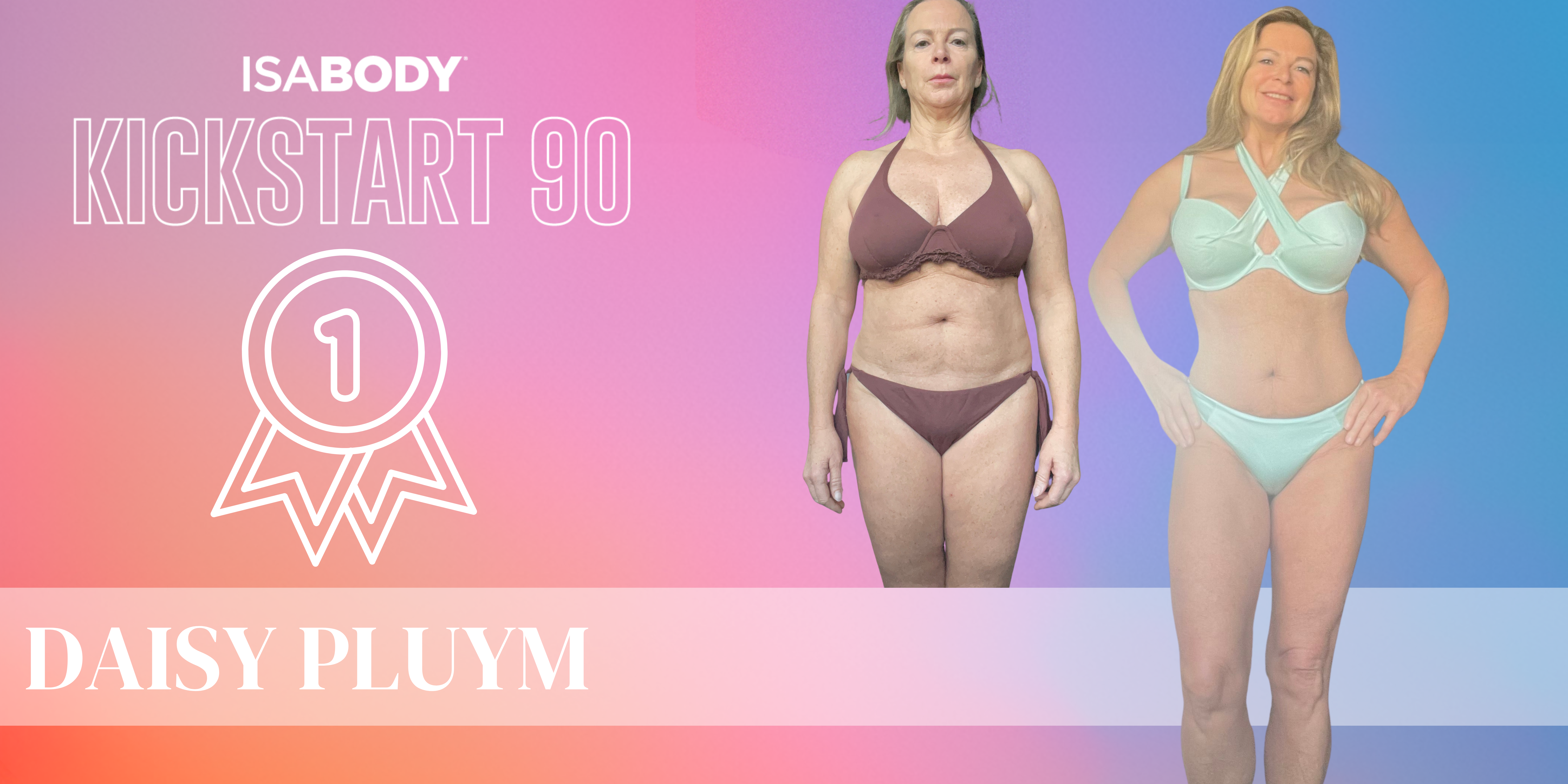The Use of Natural Flavours and Colours
October 18, 2017,
Rebecca Haresign

Have you ever wondered what it takes to create the delicious flavours within our IsaLeanTM Shakes and other products? The chemistry of all these flavours is a complex, rewarding combination of taste and smell that’s also influenced by colour and texture.
Sometimes the organoleptic properties of a food product, such as the flavour and colour, need to be improved. Contrary to what some people may think, when manufacturers use the term ‘natural flavours’ on ingredients lists this is not a way to hide harmful or unappealing flavouring agents. So, what are these flavourings and why aren’t the individual flavours identified on labels?
What are natural flavours?
Flavourings are used to improve or modify the smell and taste of foods (1). The European Commission specifies that the term ‘natural’ may only be used for the description of a flavouring if the flavouring is 100% derived from natural sources (1). Examples of sources of natural flavourings include fruits, vegetables or spices and are obtained through specific processes such as distillation, extraction or microbiological processes (2). An artificial flavour is a chemical that is not found in plant or animal material and is therefore created in a laboratory.
All foods in their most basic forms are defined as compositions of edible chemicals. If you picked up a product with ‘natural vanilla flavouring’ within the ingredients list and another that listed ‘4-hydroxy-3-methoxybenzaldehyde’, which would you choose? These are the same thing; 4-hydroxy-3-methoxybenzaldehyde is the chemical name for part of the natural vanilla flavour (3).
The number and complexity of these compounds to produce a signature flavour is why they are all individually combined under the term ‘natural flavours’ on food packaging. The term helps to inform customers of the function of these ingredients, reducing the confusion that may occur from listing their chemical names. For example, if you look on the back of a box of IsaDelightTM, you’ll see ‘natural caramel flavouring’ instead of a list of chemical names.
Natural colours as ingredients
Food colours tend to be added to foods to enhance naturally occurring colours, or to add colour to foods that are otherwise colourless. Colour can also influence our perception of flavour, for example we may associate strawberry flavour with red, and orange flavour with orange. Most flavours are colourless so added colours are often required for consumer appeal and sensory value.
Whenever natural colours are added to foods, this must be clearly labelled within the ingredients list, in accordance with European guidelines (4). For example, If you look on the back of a box of AMPEDTM Hydrate Juicy Orange, you’ll see ‘colour (carotene)’, This means an amount of carotene is used to improve the orange colour you’d expect from this flavoured drink.
Isagenix only uses Natural Flavours and Colours
As part of our no-compromise policy, Isagenix commits to developing nutritious products that don’t contain artificial flavourings and colourings. The substances that have been added to improve the natural colour and flavour of Isagenix products have all been assessed and approved by the European Food Safety Authority. This means they have been well studied by experts and should not be a cause for concern.
So rest assured, when we use the term ‘natural flavours’ or ‘natural colours’, the purpose is to prevent consumers from being confused by a variety of complex sounding natural compounds.
References
- European Commission. Food flavourings. Available at: http://eur-lex.europa.eu/legal-content/EN/TXT/?uri=LEGISSUM:sa0006 (accessed 21st Sept 2017)
- European Flavour Association. A short introduction to flavourings. Available at: http://www.effa.eu/docs/default-source/default-document-library/effa_a-short-introduction-to-flavourings-one-pager_2-web.pdf (accessed 16th
- National Center for Biotechnical Information. Compound summary for Vanillin. Available at: https://pubchem.ncbi.nlm.nih.gov/compound/vanillin#section=Top (accessed 21st Sept 2017)
- European Commission. Questions and answers on food additives. Available at: http://europa.eu/rapid/press-release_MEMO-11-783_en.htm (accessed 16th October 2017)




